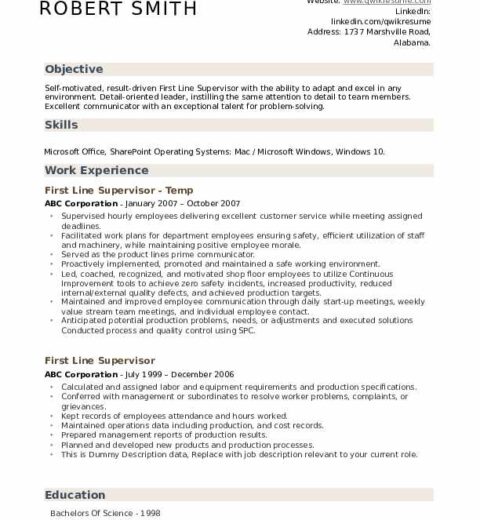Receiving a promotion is one of the most significant milestones in one’s career. It validates hard work, dedication, and the ability to overcome professional challenges. However, the excitement of a promotion can quickly diminish if it is not effectively represented on your resume. This article elucidates how to demonstrate your newfound status on your resume and why this presentation matters.
Firstly, the importance of showcasing a promotion transcends mere aesthetics; it reflects your career trajectory and future aspirations. This observation stems from the reality that hiring managers often scrutinize resume details to predict a candidate’s potential. A promotion signifies progress, but how it is articulated on your resume can either amplify or undermine this achievement.
To begin, it is imperative to structure your resume in a manner that accentuates your promotion. The typical chronological format is often the most advantageous. Start with your current position and list your previous roles in reverse chronological order. This layout not only highlights your present achievements but also provides context for your ascent within the organization. Each job title must be accompanied by dates; you should mention the month and year to provide clarity regarding your tenure in each role.
When detailing your promotion, consider using a bold format to draw attention to your title change. For example, instead of stating merely “Senior Analyst” under your current position, you might write it as “Promoted to Senior Analyst (Month Year).” This distinction serves to immediately signal to potential employers the importance of the change.
Next, it is vital to encapsulate the responsibilities and accomplishments associated with your new title. A promotion often comes with added responsibilities, and detailing these can provide insight into your capabilities and growth. Rather than simply listing tasks, focus on quantifiable achievements. For instance, instead of stating, “Managed a team,” say, “Successfully led a team of five to exceed project deadlines by 20%.” Such statements not only demonstrate leadership but also underscore results-oriented performance.
Moreover, it is essential to situate your promotion within the broader organizational context. Describe any projects or initiatives that were either launched or successfully finalized due to your new role. This offers a narrative that portrays you as a valuable contributor to your company’s growth. Utilize metrics wherever possible, for example, “Instrumental in increasing departmental revenue by 15% during the first quarter following my promotion.” Such statistics enhance your credibility and signal strategic foresight to hiring managers.
Another critical consideration is the integration of soft skills that may have contributed to your promotion. Leadership skills, adaptability, and effective communication are pivotal traits that often warrant promotions. Illustrating these attributes can further cement your qualifications. Instead of merely stating, “Communicated project updates to stakeholders,” consider stating, “Facilitated transparent project updates to stakeholders, fostering collaborative relationships that enhanced project efficiency.” This approach underscores not just what you did, but how you did it, enriching the narrative of your professional growth.
Additionally, it is prudent to include any relevant training or certifications gained alongside or due to your promotion. These qualifications illustrate a commitment to personal and professional development. For instance, if your new role required project management skills, adding “Certified Project Management Professional (PMP)” strengthens your resume by showcasing a proactive approach to skill acquisition. This is particularly impressive to potential employers who value self-motivation and lifelong learning.
Ultimately, articulation of your promotion should manifest in a broader narrative that captures your career development story. Use your resume to craft a cohesive tale that depicts your journey, emphasizing not only professional accomplishments but also the resilience and adaptability that led to your advancement. This narrative can serve to enthrall and engage the reader, transforming a simple series of job titles into a compelling career transition story.
Finally, meticulous proofreading is essential. Spelling and grammatical errors can mar even the most impressive promotions. Ensure that every detail is correct and that the overall appearance is professional. A neatly formatted resume reflects care and attention—qualities that are integral to any successful career.
In conclusion, articulating a promotion on your resume is not merely about noting a change in title; it is an opportunity to weave a narrative of perseverance, competence, and ambition. Employers are not just looking for experience but are also attentive to the trajectory of your career and how you have harnessed opportunities to grow. By presenting your promotion thoughtfully and strategically, you not only acknowledge your accomplishments but also pave the way for future professional endeavors.




